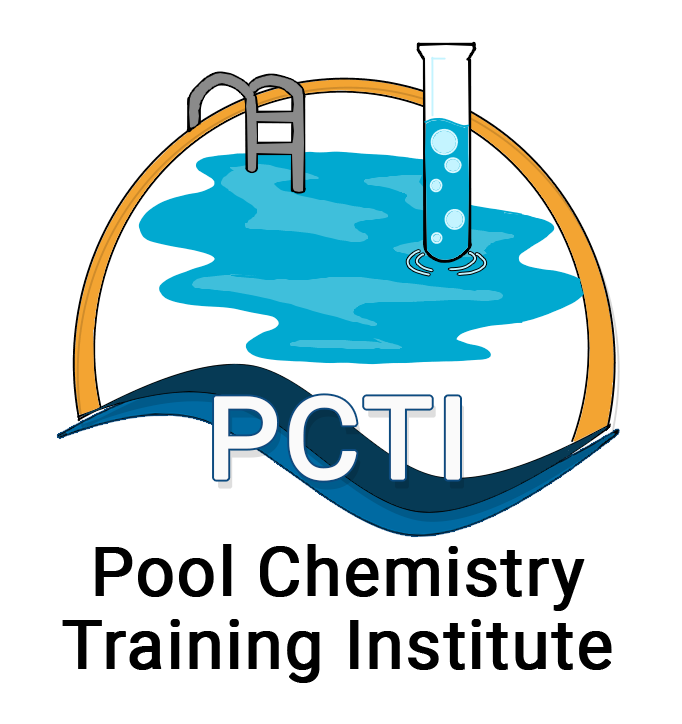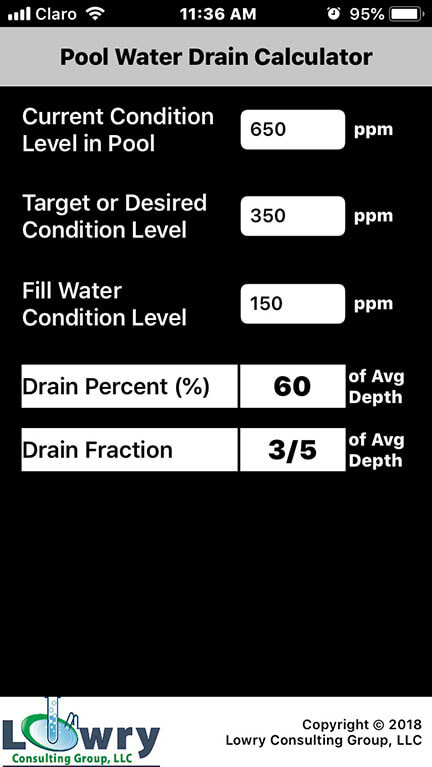The method involves adjusting water conditions to specific targets, stopping the use of trichlor, having a maximum CYA of 50 ppm, adding 50 ppm borate, only using liquid chlorine or cal hypo and having a chlorine level that is 5% of CYA. This method is for residential pools only.
IMPORTANT – DO NOT SKIP THIS SECTION
The first step is to bring the water conditions to their targets:
Once you know the pool volume, the chemical targets and your water testing results, you are now prepared to begin converting your pool to this system.
Note: We use the word “conversion” instead of “startup” to avoid confusion with starting up a brand new or re-plastered pool for the first time or summer re-opening. There are many start-up procedures and we do not want any confusion. This Pre-Conversion Check and Initial Conversion are NOT intended for starting up a brand new pool for the first time. It is only for converting or starting to use this method.
This initial conversion is designed to bring seven water conditions to their target levels. After you’ve hit the targets, maintaining your pool water chemistry will be easy. You will need the test results for your pool water for the seven conditions. You may also need to test your refill or source water.
Making the first adjustments
Now, compare your test results to the targets for CYA, calcium hardness and TDS. We start with these three levels be- cause they are the ones that might involve partial draining and refilling. (We work with pH, total alkalinity, chlorine and borate levels in the next round of adjustments.)
Remember the CYA target is 50 ppm, calcium hardness target is 350 ppm for plaster pools or 250 ppm for vinyl or fiberglass and the TDS maximum is 1,500 ppm added to the source water TDS. If CYA, Calcium Hardness or TDS levels are higher than the targets you will need to drain and replace some water. (There is no point in adding adjusting chemicals for other conditions if you might have to drain water and replace it.)
Note: If you’re using a saltwater chlorine generator, the maximum TDS is 1,500 ppm + salt level recommended by the manufacturer + starting TDS.
The condition that is farthest from the target will determine how much water to drain and refill. For instance, if your CYA is 100 ppm and the target is 50 ppm and calcium hardness is 400 ppm and the target is 350 ppm, then CYA is the condition farthest from the target so you drain based on CYA. In this example, you will need to drain 50 percent of the water to lower CYA from 100 ppm to 50 ppm.
If CH is 600 ppm and the target is 350 ppm, then you will need to drain 55 percent of the water. The formula for how much to drain is:
There is also an App for your iPhone or Android that makes this easy. It is called the Pool Water Drain Calculator and it costs $2.99.
There is a new chemical method that lowers or removes CYA. It is a good alternative to draining to attain the Target of 50 ppm CYA. It is called CYA Remover. It is available at some pool stores.
If water restrictions are being enforced in your area, you can drain smaller amounts over a period of time. For instance, drain 10% per week for 4 weeks and then do the conversion.
Next Up: Borate Method Pool Conversion











Leave a Reply
Your email is safe with us.
You must be logged in to post a comment.